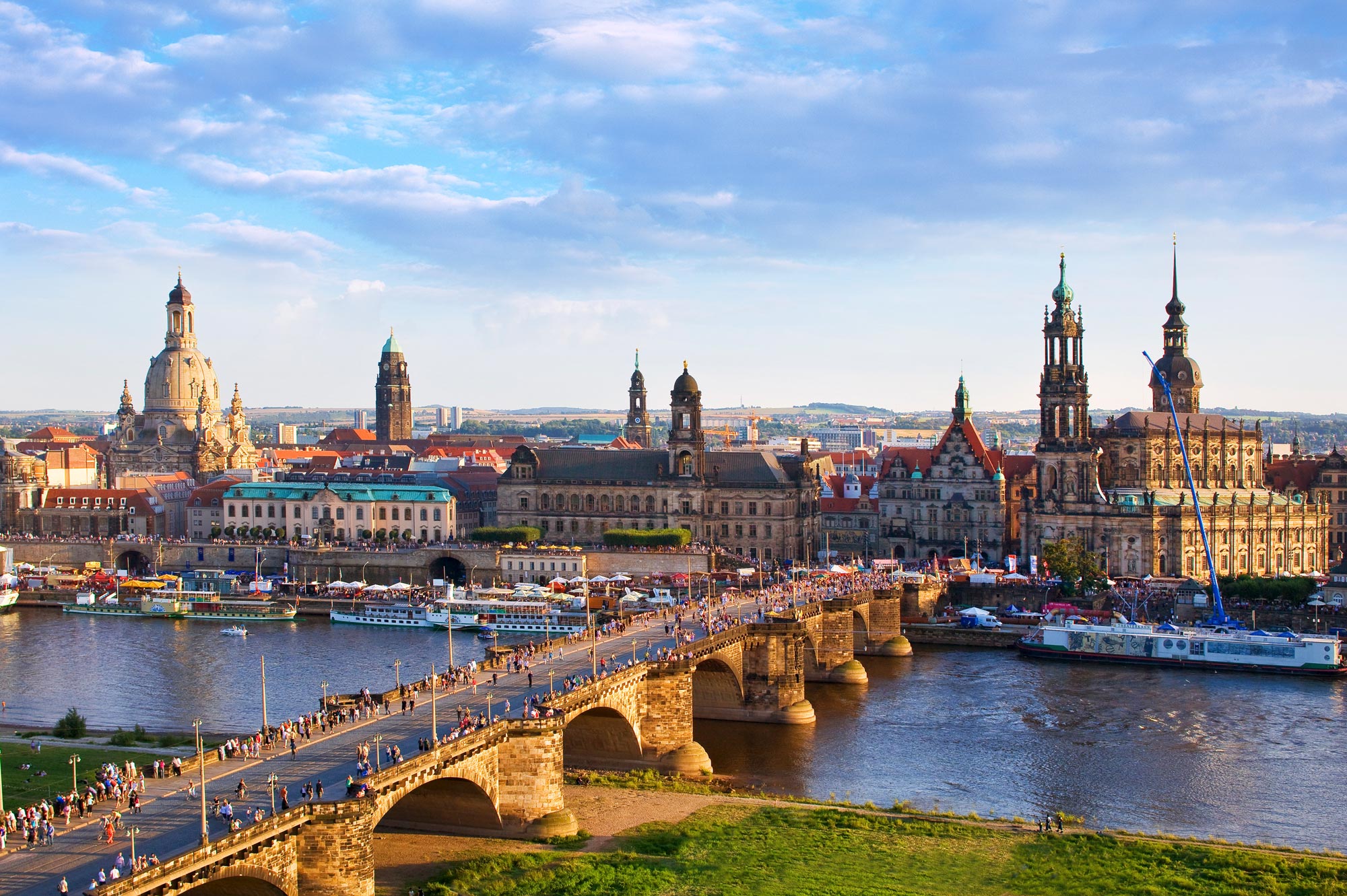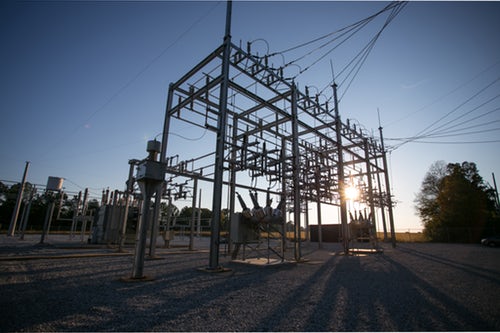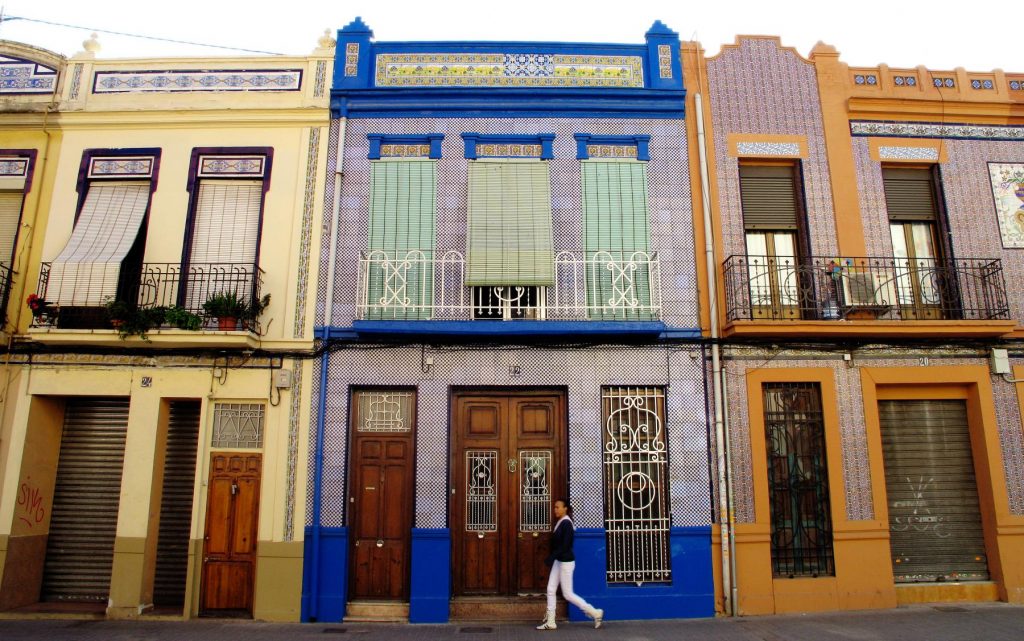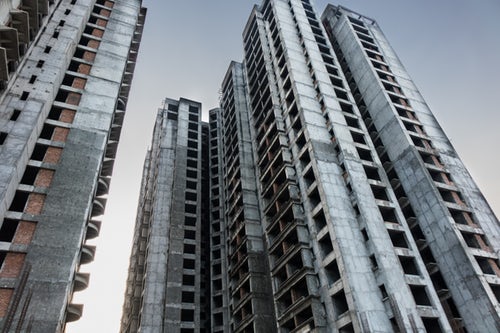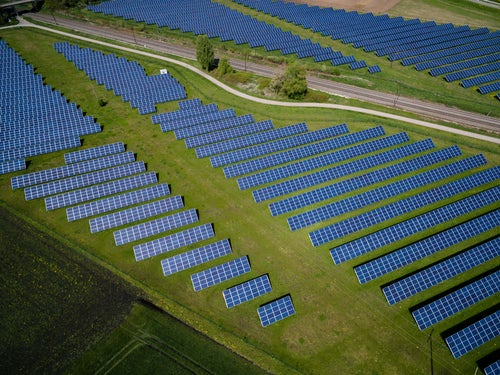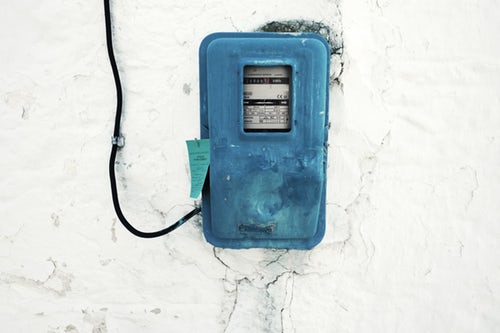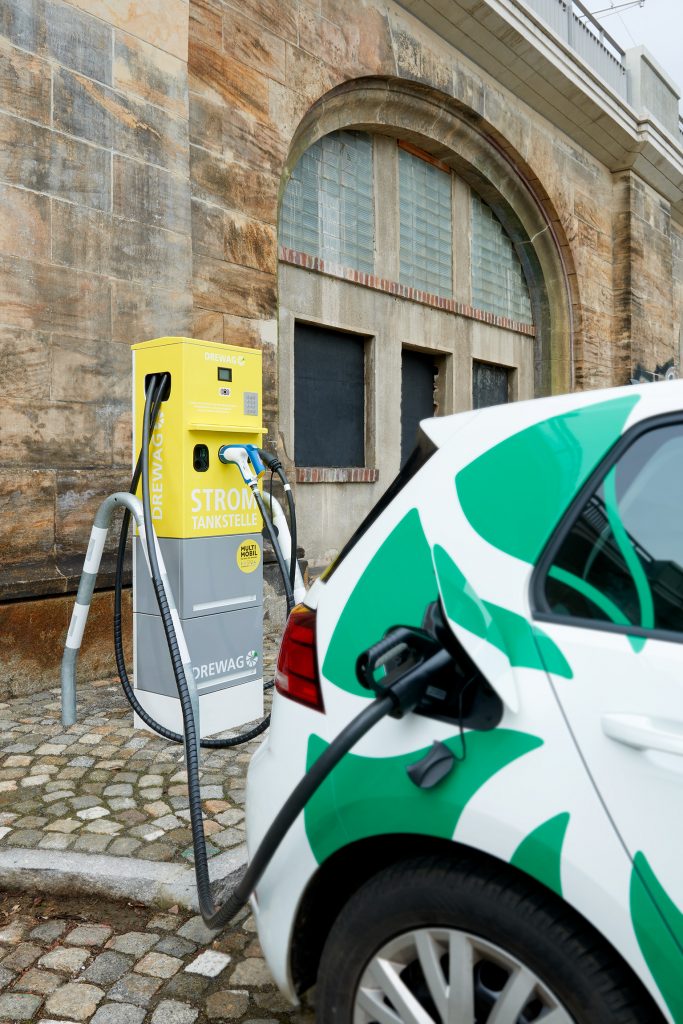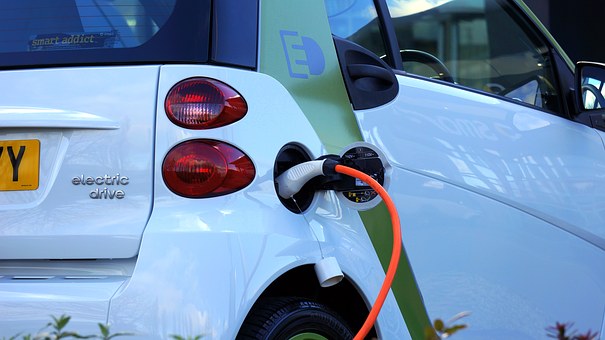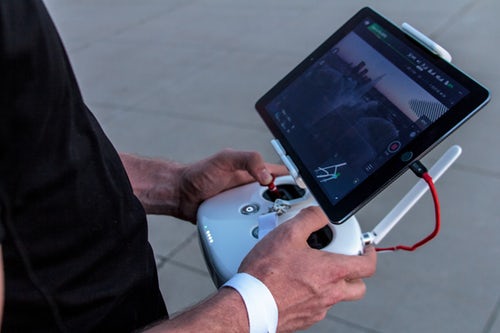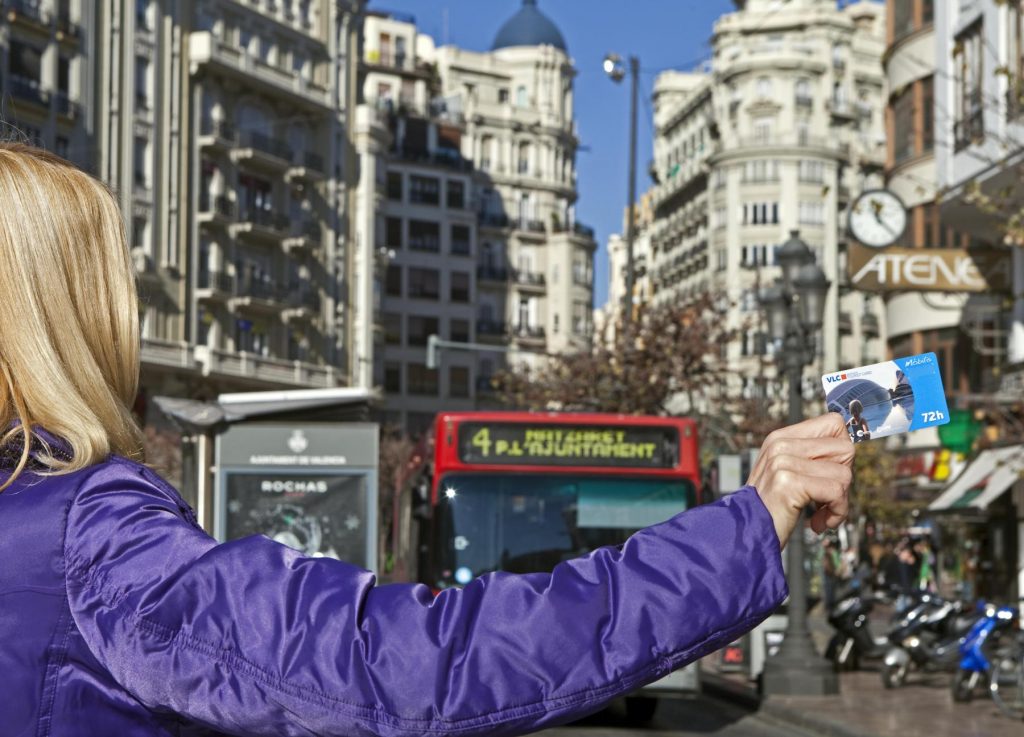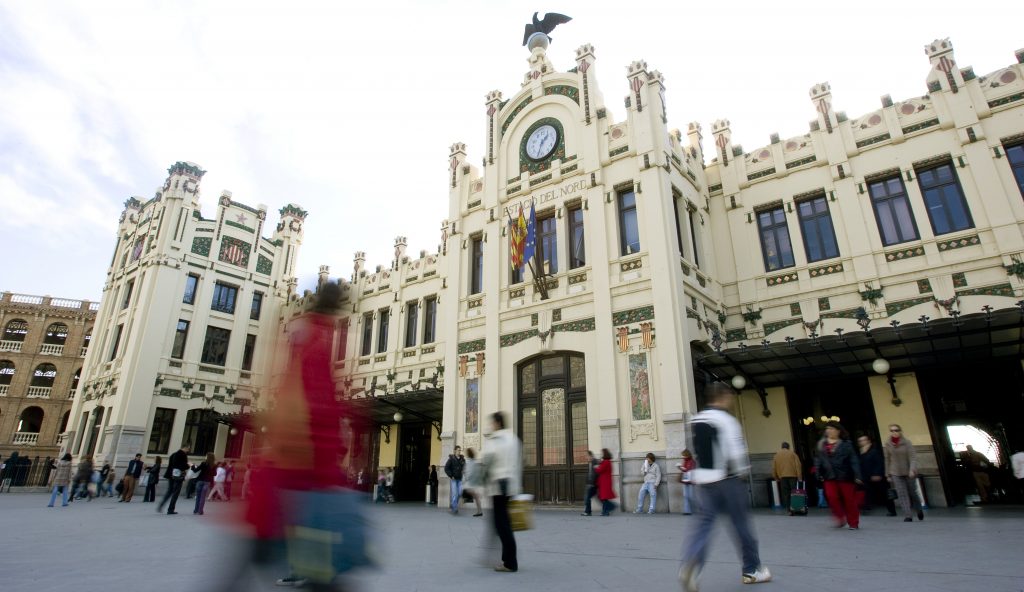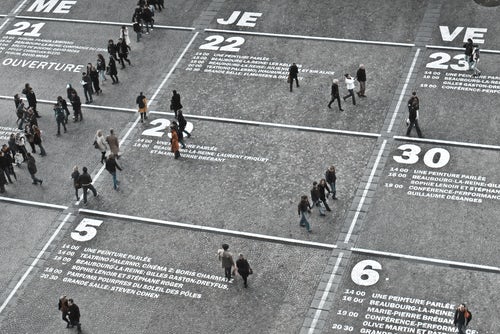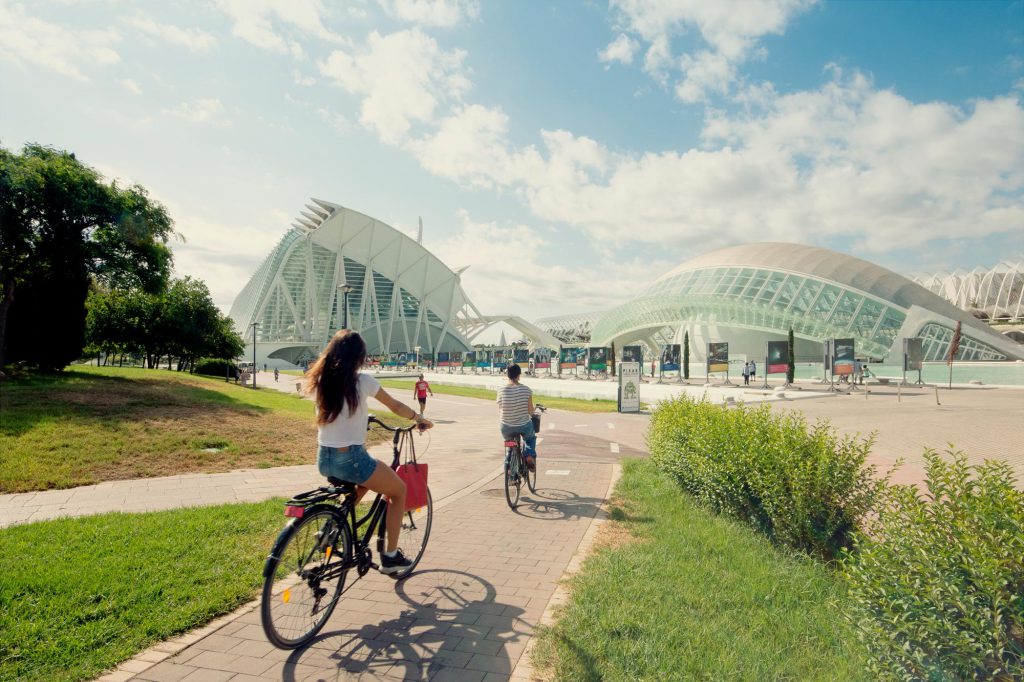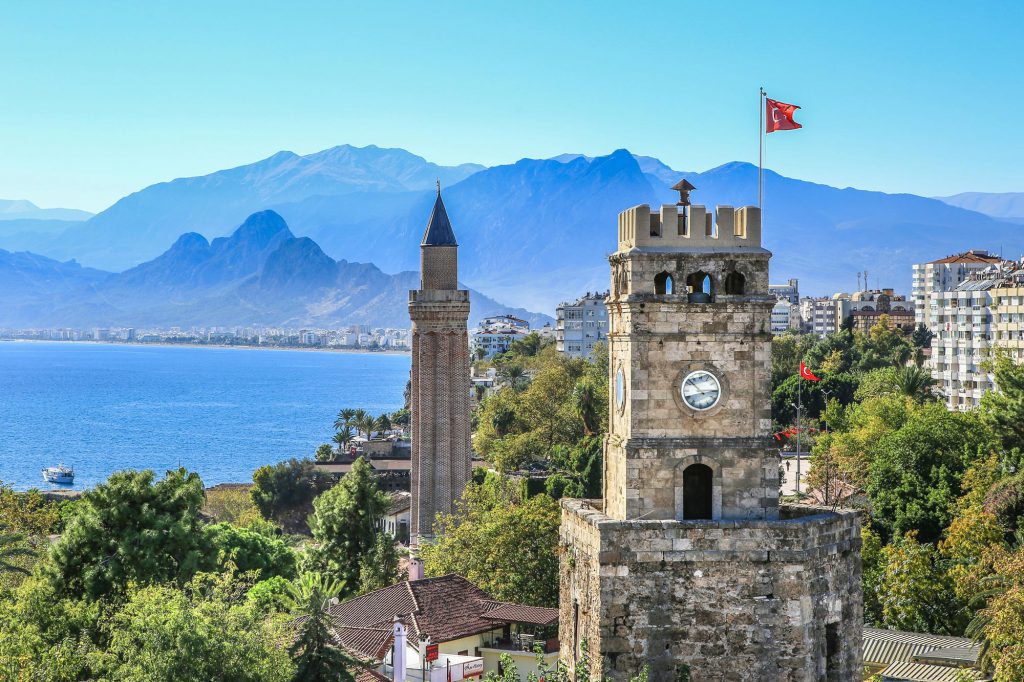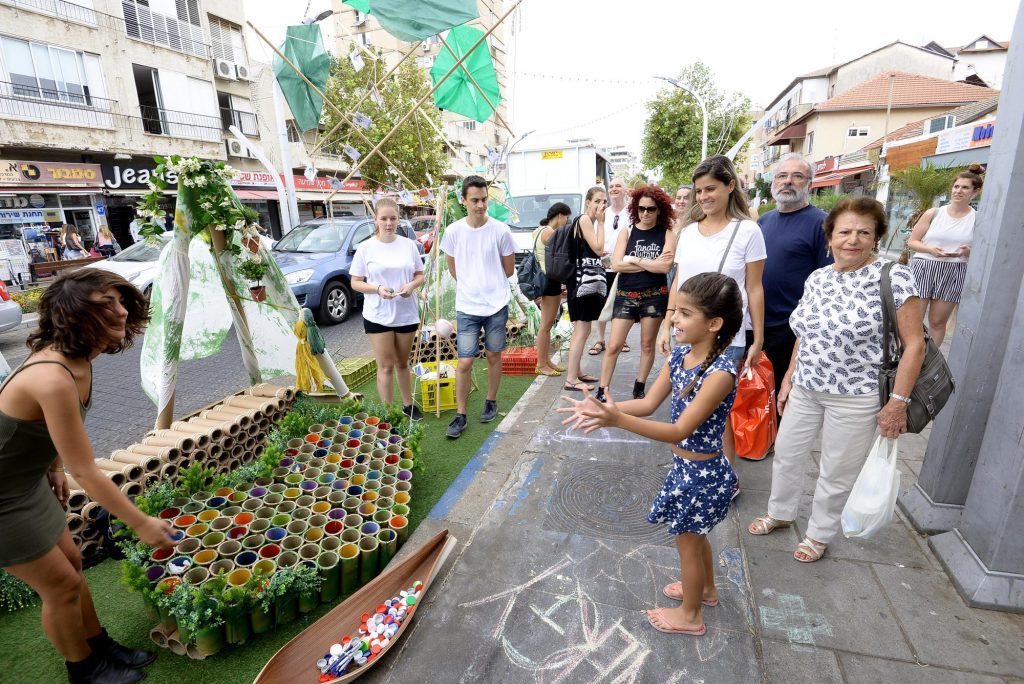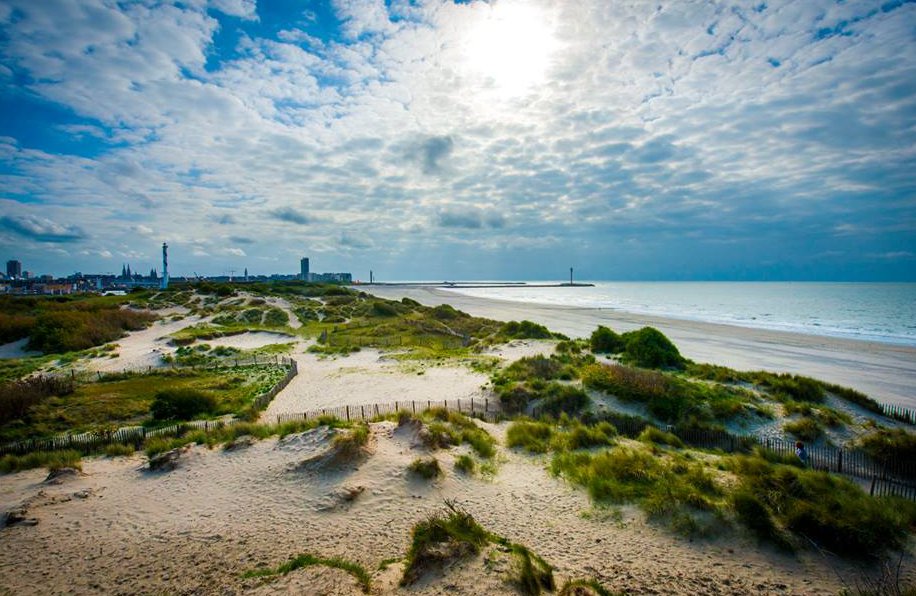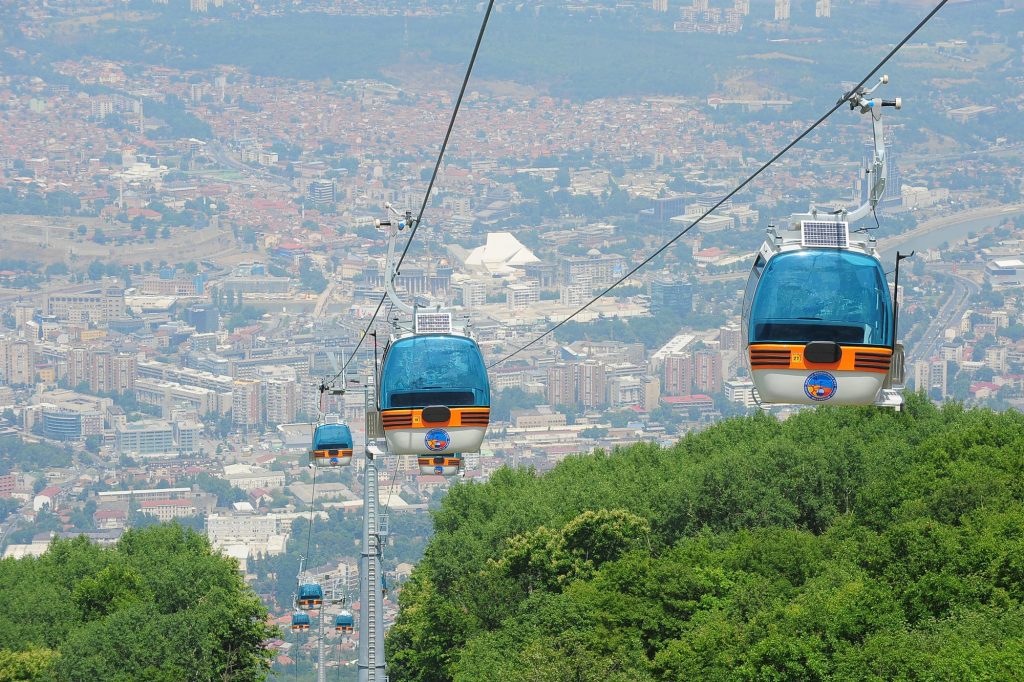Here technology, science and engeneering have a deep-rooted tradition.
Expects to turn into electrical the 100% of the Municipal fleet for 2025 in all its departments.
Dresden, with over half a million inhabitants, is one of the largest cities in the east of the Federal Republic of Germany and, thanks to its centrality and vicinity to the Czech Republic and Poland, it is a gateway to eastern Europe. Dresden is a city of knowledge and skills. Almost half of all workers have scientific and technological careers or have studied a subject in that field. The people of Dresden have a deep-rooted tradition of engineering and openness towards new technologies. The interdisciplinary collaboration between businesses and research facilities helps move Dresden forward.
The city council of Dresden approved in 2016 the “Zukunft2025+” IDUC, an integrated development urban concept. It paved the way for a Smart City by taking up the concept for the first time. The Smart City strategy of Dresden found its place in the guiding strategic planning documents approved by the city council and discussed with citizens in the course of the planning process.
Find out more about MAtchUP in Dresden!
The district: Johannstadt
The district chosen for the project pilot is Johannstadt, located to the east of the city centre, following the Elbe Course on the left. The area is one of the densely built inner-city areas of Dresden. With regard to the socio-demographic composition of the residential population, Johannstadt differs from the Dresden average. Indicators point to tense social conditions in the area. In recent years, important research and development institutions from the field of biotechnology have been established in Johannstadt. This complements the competencies of the University Medical Center Dresden and other institutes of the TU Dresden.
Within MAtchUP the City of Dresden will focus on:
• renovate and new construction of some buildings in the district
• improvement of sustainable mobility across the whole city (e-cars, e-buses, charging points and multimodality hubs)
• a dedicated platform for citizens to improve the ICT services
Dresden in a glance:
Population: 530,754
Area: 328,30 km²
Associations: SEAP from 2013. SECAP in 2017
Initiatives & strategies: in 2014, the City of Dresden adopted the Sustainable Urban Mobility Plan (SUMP). IDUC from 2016 (Integrated Urban Development Concept)
